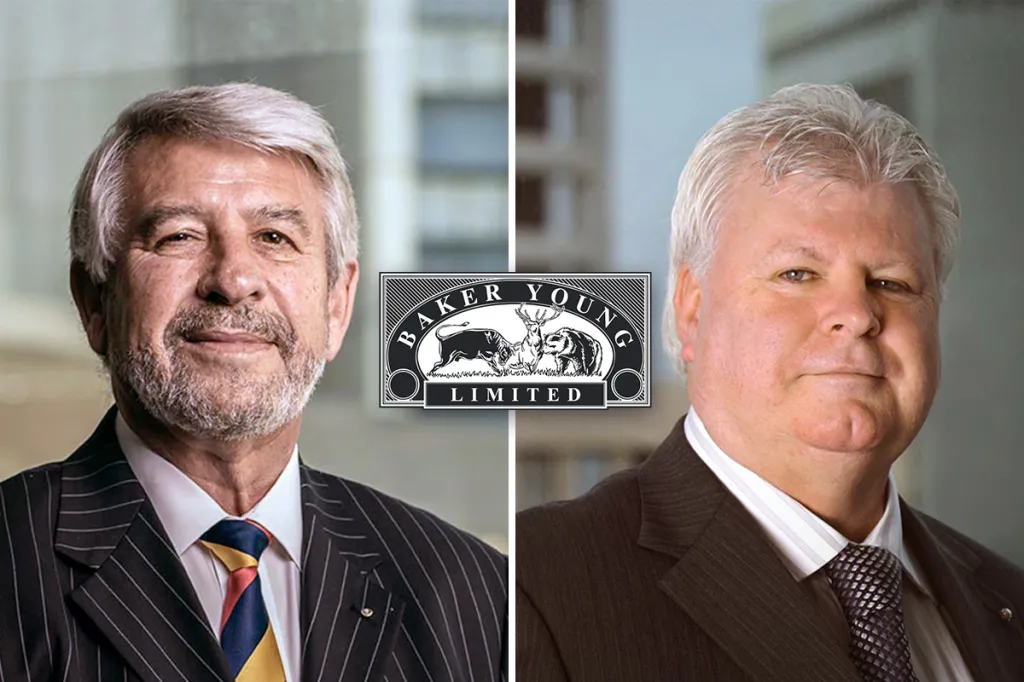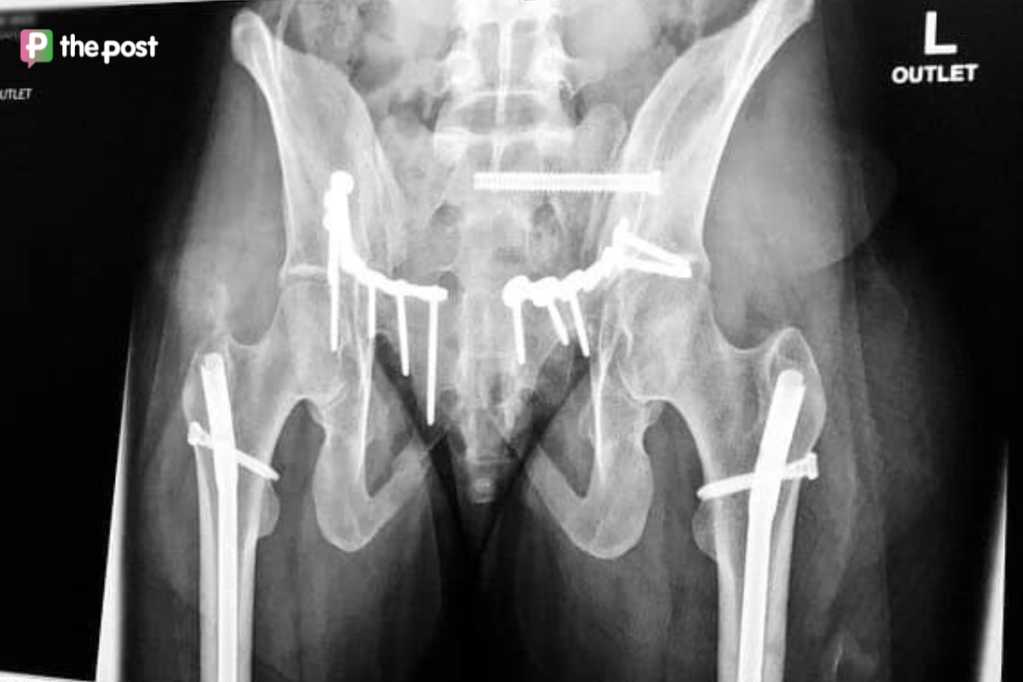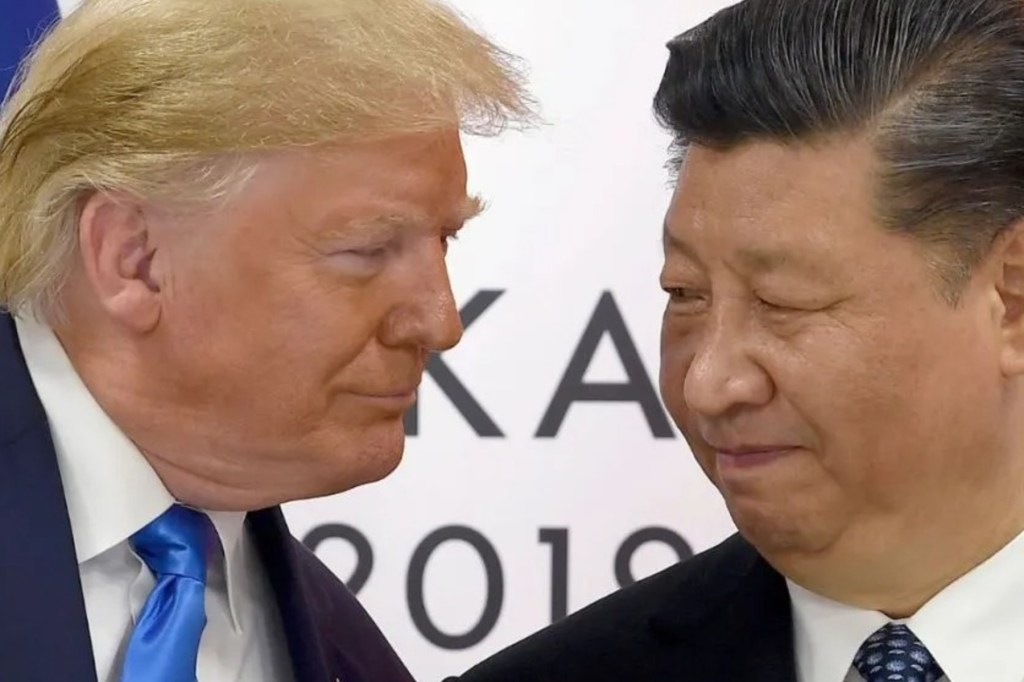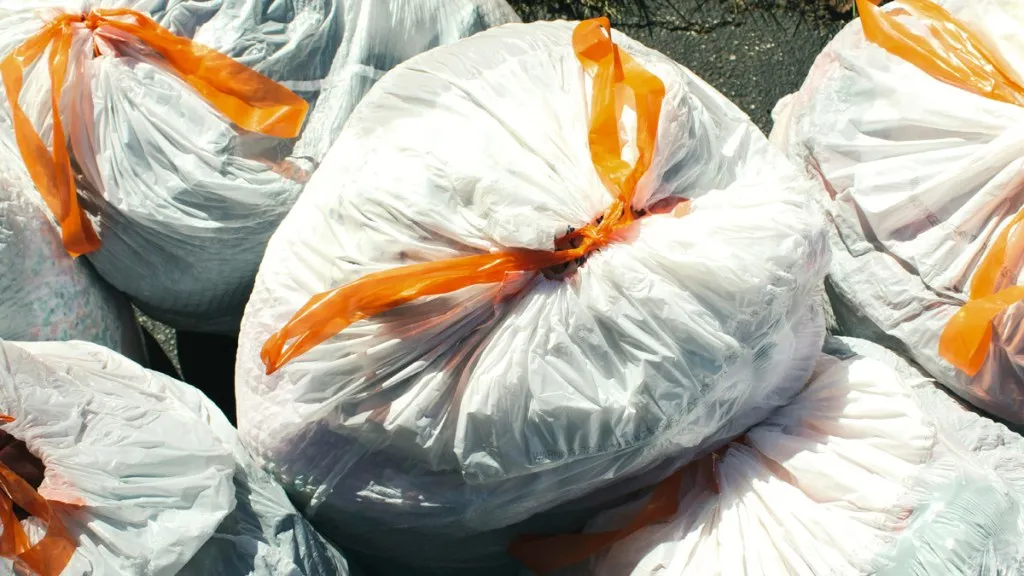Help for the state’s struggling wine industry
A $2.5 million program is being established by the federal and state governments to support South Australia’s wine industry amid an ongoing red wine glut and drought conditions.
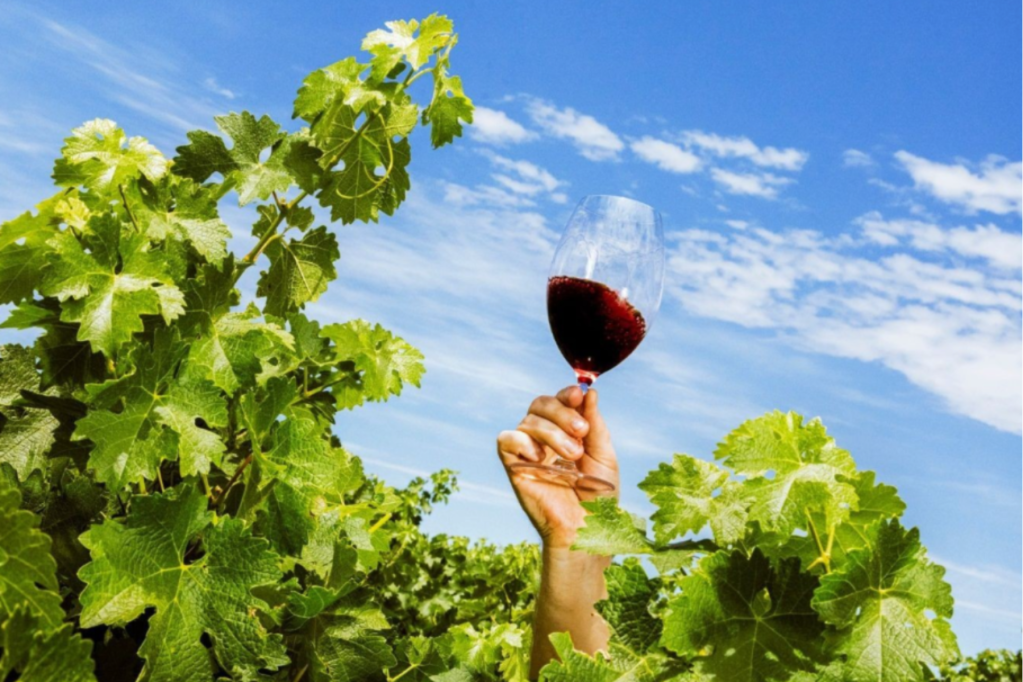
The SA Wine Recovery Program was developed on recommendations made by the Viticulture and Wine Sector Working Group established by agriculture ministers, which recently delivered its report into the sector.
The program will include support for vineyard waste management options, which was identified by growers in the report as a key issue, as well as building domestic demand and regional grape and wine capability.
Specifics of the program are yet to be developed, with the government saying it would seek further input from the South Australian Wine Industry Association and Wine Grape Council of South Australia.
The Working Group’s report included six recommendations to address immediate challenges faced by grape growers, as well as 15 other actions for the industry and government to take to deliver.
The group said there was a need for “stronger industry leadership to address the long-term and structural challenges facing the industry”.
“The current oversupply situation has been decades in the making. In the past, industry has identified the problem and the need for industry-led action,” it said.
You might like
“There is an opportunity now for all parts of the industry – including individual growers and winemakers, representative bodies, and research institutions, from all regions and from both the commercial and premium parts of the sector, to work together to set a long-term vision, and to agree on clear actions to deliver that vision.”
Other recommendations included addressing mental health and financial challenges, the examination of commercial contract arrangements across the supply chain, and improving long-term strategic direction through research and development investment.
The report noted the “most acute impacts” of a nationwide red wine grape oversupply were being felt in South Australia, New South Wales and Victoria.
It said Riverland grape growers had this year been offered prices significantly below the costs of production, with prices of $120/tonne offered for crops that cost $300/tonne to produce.
More grape growers in 2024 failed to find a buyer than in the last three years, with red wine prices forecasted to keep decreasing into 2025.
Growers raised concerns to the group around fairness in the retail markets, noting contract issues such as pricing, long payment terms and inconsistent fruit quality standards, leading to a recommendation around assessing commercial contract arrangements.
Stay informed, daily
Options recommended by growers included the implementation of a mandatory code of conduct to prevent exploitation during times of oversupply.
In line with recent moves from major players in the industry including Treasury Wine Estates, the Working Group heard from stakeholders that there should be more focus on premium wine rather than commercial.
Taylors Wines managing director Mitchell Taylor told InDaily in October, amid rumours the brand was considering acquiring TWE’s divested commercial brands, that “the volume gain, and the low margins” were a concern in that area.
“Once you start to get into that part of the market, it’s very hard to spend the marketing dollars in elevating the brand, and you are sometimes competing against your customers,” he said.
“It takes a lot of effort and investment to build up brand equity, but if you look at the short-term nature of things, you can quickly destroy the brand equity by just pushing it via the price discount philosophy.”
“Once you start to get into that part of the market, it’s very hard to spend the marketing dollars in elevating the brand, and you are sometimes competing against your customers.
“Quite often at that pointy end of the market, the big retailers and supermarkets acquire the wine directly.
“That’s another reason why we probably don’t look to pursue those sort of opportunities.”
The Working Group heard from growers that “cost of living pressures were increasing costs of production, but they were unable to pass these costs on to wine producers”.
The consultation saw the most contested point was whether governments should be financially supporting growers looking to exit the industry, with some growers arguing the unforeseen impact of China’s tariffs meant the government had a responsibility to compensate.
Minister for Primary Industries and Regional Development Clare Scriven said the government was “committed to supporting the long-term viability of the industry by focusing on underlying concerns”.
“This investment will further assist in addressing some of the key issues in South Australia raised through the national Viticulture and Wine Sector Working Group that I initiated earlier in the year.”
The report ultimately said a vine pull scheme or other form of subsidy would be “more likely to cause unintended consequences and potentially do further harm to the long-term viability of the industry”.
